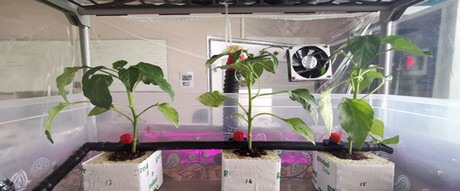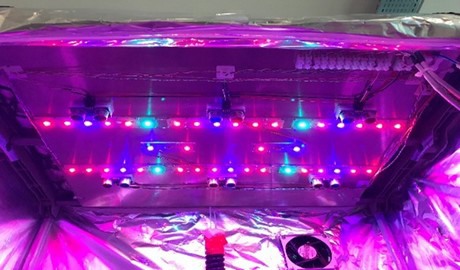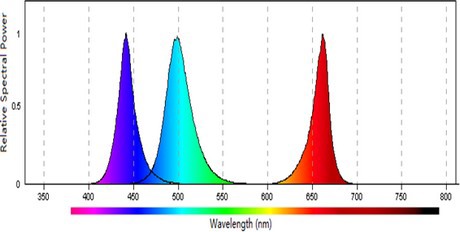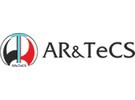Whereas LEDS are used all over the world to better the growth of tomatoes, lettuce, berries and many other crops, it isn't being used on pepper often. Costs are too high and ideal circumstances haven't been found. Turkish developers now share their insights on the possibilities of opening up this crop for LED lighting as well.
To increase production of pepper in a certain area in Turkey, the effect of LEDs with different wavelengths, namely red, blue and cyan was examined in a lab-scale greenhouse setup.
Three sectrions
A lab-scale greenhouse with three independent sections for each combination of LEDs was built, and another section with only sunlight used as reference. K type thermocouples, pH sensor, electrical conductivity sensor, humidity sensor, water pumps, fans, a drip irrigation system, humidity generator and Arduino mega 2560 were used to provide identical optimum conditions during the experiment.
All necessary control and measurement of this lab scale greenhouse was carried out with written algorithms in Lab-VIEW.
3 sections were established, two of them were covered with aluminium to prevent light from entering in the floor. The first floor was lighted with sunlight, the second floor was lighted with 55% deep red, 25% royal blue and 20% cyan light, the third floor was lighted with 65% deep red and 35% royal blue.

Set-up
The second and third floor were lighted with 18 hours a day throughout the 55 days, with the same photosynthetic photon flux density (PPFD) of 360 μmol m-2s-1.

To specify the effect of exact light ranges, specific LEDs were chosen. The necessary light wavelength for photosynthesis is the 400-700 nm band and the most effective values are 660 (red) and 440 (blue) nm, since chlorophyll-a and b works in this range. Besides this, cyan light (500 nm) also affects the plant growth since carotenoids have high absorptance for this range wavelength.

Red, blue and cyan wavelengths which were used in the experiment were measured with an Ocean HR4000 spectrometer.
Results
The LED system increased the fruit length and marketable fruit weight compared to the sunlight floor. The red-blue combination increased the fruit length by 6% compared to sunlight. Finally, the red-blue-cyan combination increased the fruit length by 28% compared to the red-blue lighting.
Marketable fruit weight for red-blue-cyan was 191% greater than the red-blue lighting at the end of 55 days. Red-blue effect compared to sunlight was 7% more.
Economic analysis
18 hours LED consumption was approximately 0.074 kWh. The electricity price in Turkey is 0.123 $/kWh. Daily cost of electricity would indicate 0.0091 $. Consider that the average price of pepper per kilogram in Ankara, Turkey is 1.4 $ (as per date ref).
The experiment lasted for 55 days, so 0.50 $ was added to the cost of pepper/kilogram to compensate for lighting.
Considering raising the marketable fruit weight (%) in the red-light-cyan combination is evaluated as highly profitable in spite of the additional energy cost (%).
Read more at Journal of Effect of Supplementary Cyan Light to Deep Red and Royal Blue Range Wavelengths on the Seedling Period of Iceberg Lettuces https://www.iiste.org/Journals/index.php/JBAH/article/view/47891
For more information: AR & TeCS Anadolu AR-GE Technology Engineering and Consulting Co.
AR & TeCS Anadolu AR-GE Technology Engineering and Consulting Co.
Bahçelievler Mah. 319. Cad. No:35
Ankara Üniversitesi Teknokent Binası
D Blok No:7 06830 Gölbaşı ANKARA TURKEY
T: +90 (312) 484 55 15
F: +90 (312) 484 55 16
[email protected]
ar-tecs.com
